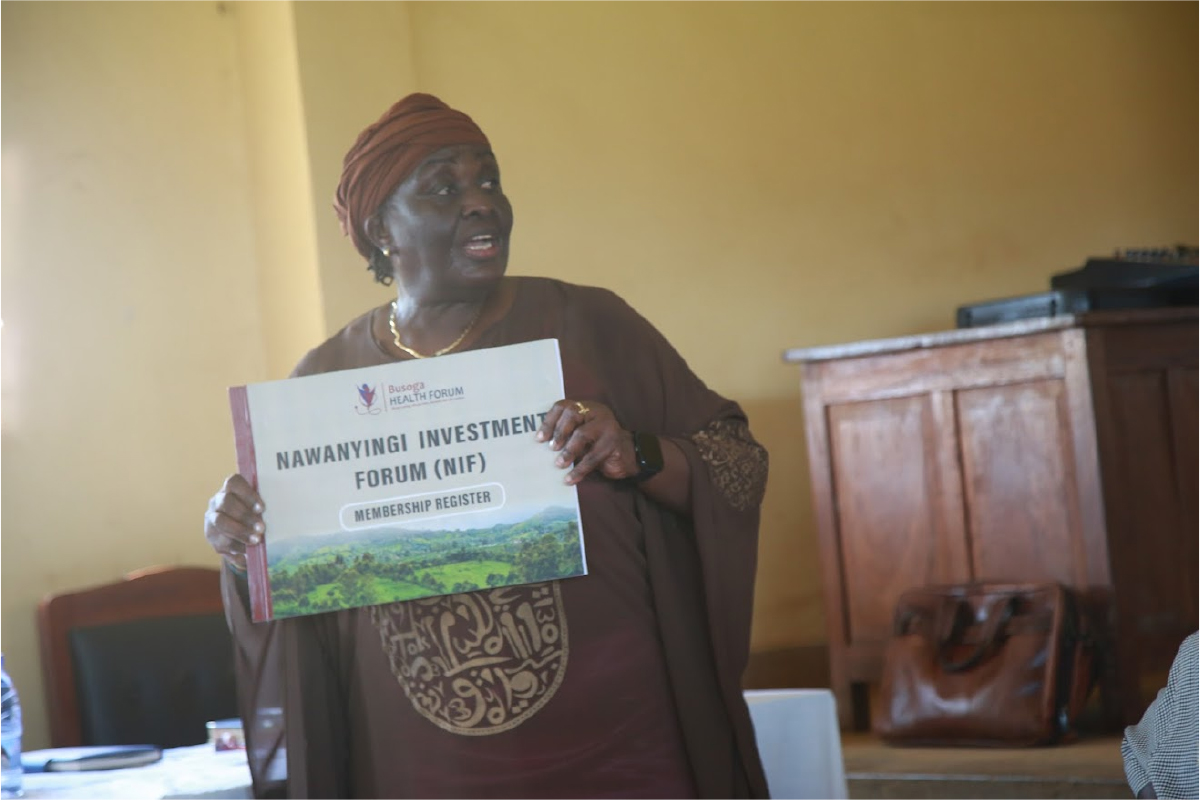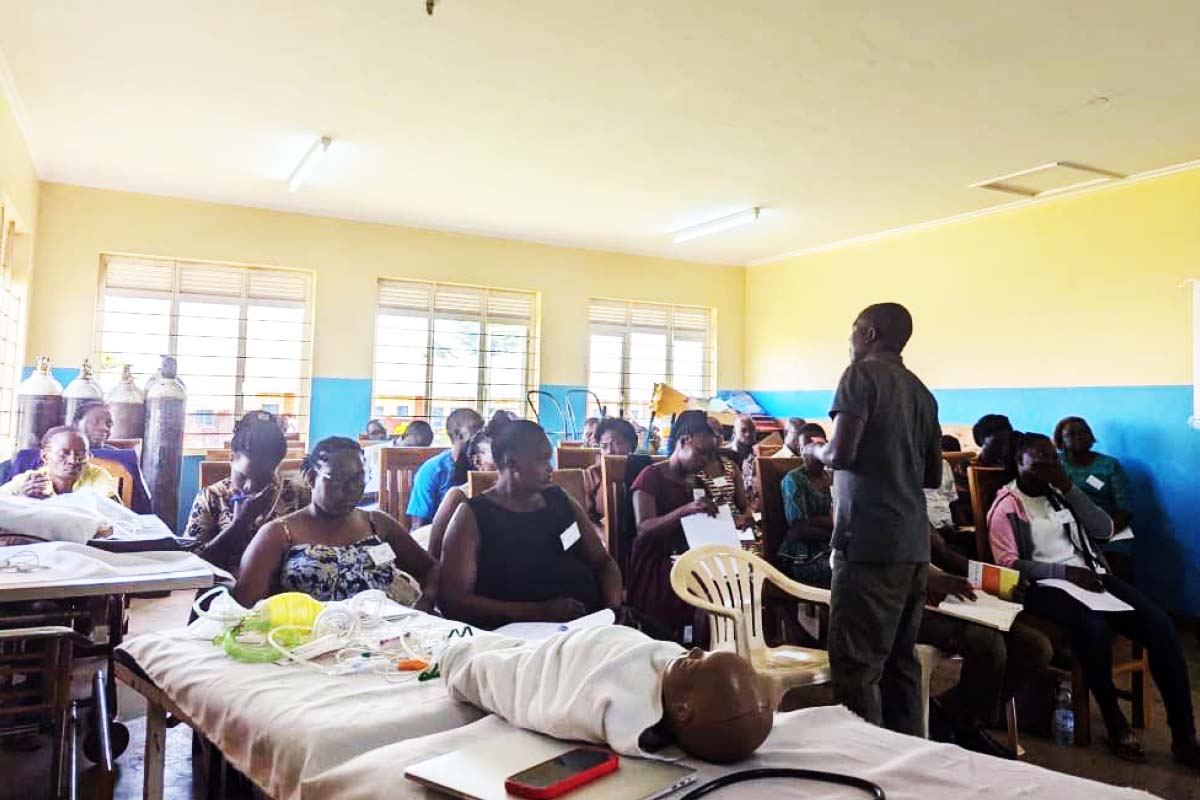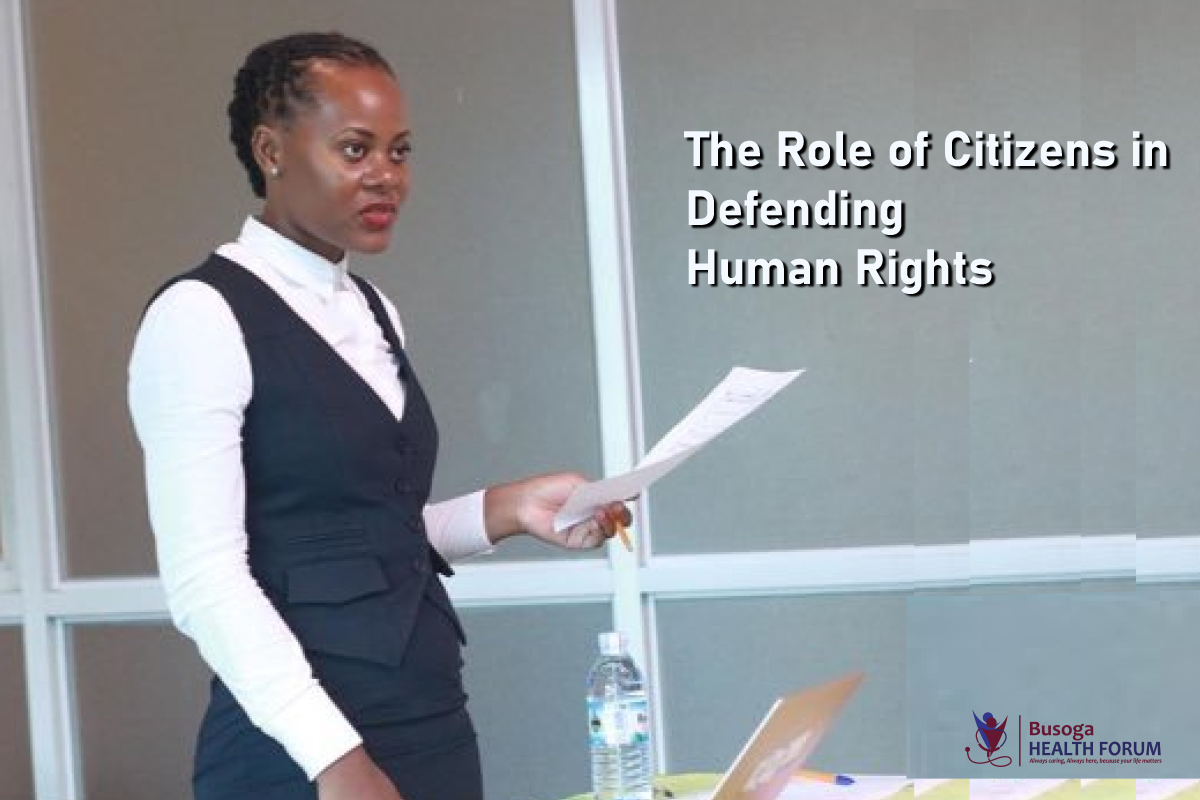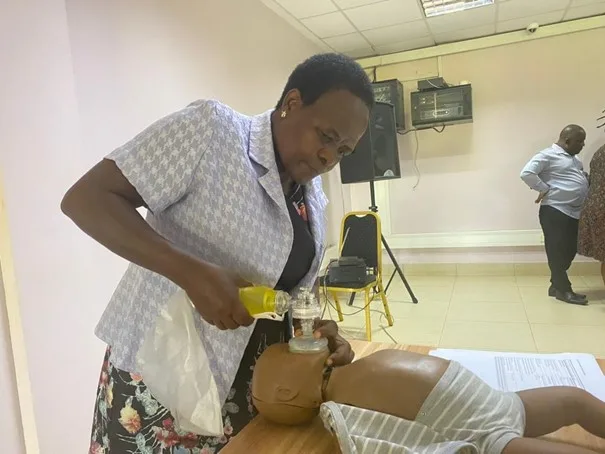
Closing the Gap with ETAT+, Saving Children’s Lives, and Advancing Health Equity in Uganda
Imagine rushing your feverish child to the nearest health facility, desperate for timely treatment. By the time you arrive, their breathing is shallow, and their skin is cold and clammy. Before the introduction of the Emergency Triage, Assessment, and Treatment Plus (ETAT+) program, such cases might have been overlooked in an overcrowded waiting room. Now, these critical cases are quickly identified as emergencies, and within minutes, doctors and nurses are able to administer life-saving treatment—just in time.
Rethinking Emergency care for children
Stories like this are becoming more common in Uganda, where the ETAT+ program is revolutionizing how healthcare workers respond to critically ill children. In many facilities, the race to save a life begins the moment a child walks through the door. According to the World Health Organization, most hospital deaths occur within the first 24 hours of admission. For Uganda’s children under five, these deaths are often due to preventable conditions such as severe dehydration, pneumonia, or sepsis. Unfortunately, overburdened and under-resourced healthcare systems often fail to act swiftly enough to prevent these tragedies.
This is where ETAT+ comes in. The program is built to support health workers in low-resource settings, like those in rural Uganda, by teaching them how to recognize children in critical need the moment they arrive. Instead of being overwhelmed by the flow of patients, healthcare providers are trained to triage—sorting children into categories: those with emergency signs, priority signs, and non-urgent cases. This fast, focused approach is saving lives.
According to health experts, early intervention is critical.
Equipping health workers to act quickly
In Uganda, where treatable infections account for the majority of child deaths, the ETAT+ program has emerged as a transformative solution. The Child Thrive Project, a partnership between Busoga Health Forum, Pediatric Health Initiative, Jinja Regional Referral Hospital, Astrid Lindgren’s Children’s Hospital, Jinja City, and Region Stockholm, with funding from the International Centre for Local Democracy (ICLD) focuses on improving the quality of care for children, both in terms of medical management and patient involvement and satisfaction of care as part of its broader mission. Alongside other projects such as Child Rights, Neonatology, and Neuropediatric, Pediatric Emergency CareETAT+ training in Busoga region has already equipped 121 health workers with the skills to swiftly recognize and respond to emergencies, significantly improving both the speed and quality of care for critically ill children.
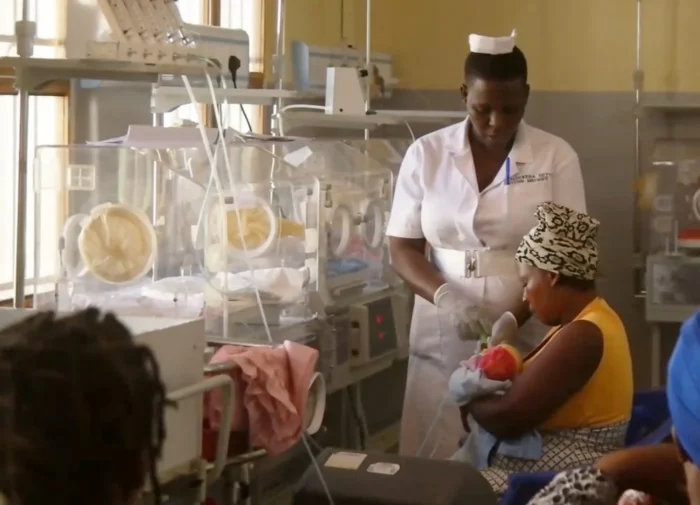
A Nurse attending to children at Jinja Regional Referral Hospital. Photo by: Tatumwa Desmond Benjamin
Unlike traditional triage systems, ETAT+ adapts to its surroundings. Triage doesn’t only happen in designated areas within the hospital—it can start in the queue outside or even during outreach programs in remote villages. This flexibility ensures that the most vulnerable children are identified and treated as early as possible, before their conditions worsen. In a busy clinic with limited space, a bed or even a corner with room for staff to work is enough to start life-saving treatment.
The ripple effects of ETAT+ extend beyond the children who receive immediate care. By addressing emergencies first, health workers are able to prevent overcrowding and focus their energy where it’s most needed. Non-urgent cases are still treated, but without the chaotic rush that often overwhelms under-resourced facilities.
Challenges and the future of ETAT+ in Uganda
However, the program is not without challenges.
Hospitals and clinics still face shortages of oxygen, essential drugs, and adequate space. Additionally, health worker rotations mean new staff often arrive without ETAT+ training, slowing the system’s effectiveness.
Despite these hurdles, the impact of ETAT+ is undeniable. In rural and hard-to-reach areas, where access to quality healthcare has historically been a challenge, the program is expanding and leveling the playing field. Health workers are empowered with the skills to assess and treat emergency cases quickly, ensuring that all children regardless of where they live have a chance at survival.
ETAT+ is more than just a clinical tool, it’s a bridge toward health equity. As the program expands across Uganda, it promises to close the gap between urban and rural healthcare access, ensuring that every child, no matter how remote their location, can receive the emergency care they need.
As Dr. Tenywa reflects,
With the right investments in training and infrastructure, ETAT+ holds the potential to reshape emergency pediatric care across the country.

